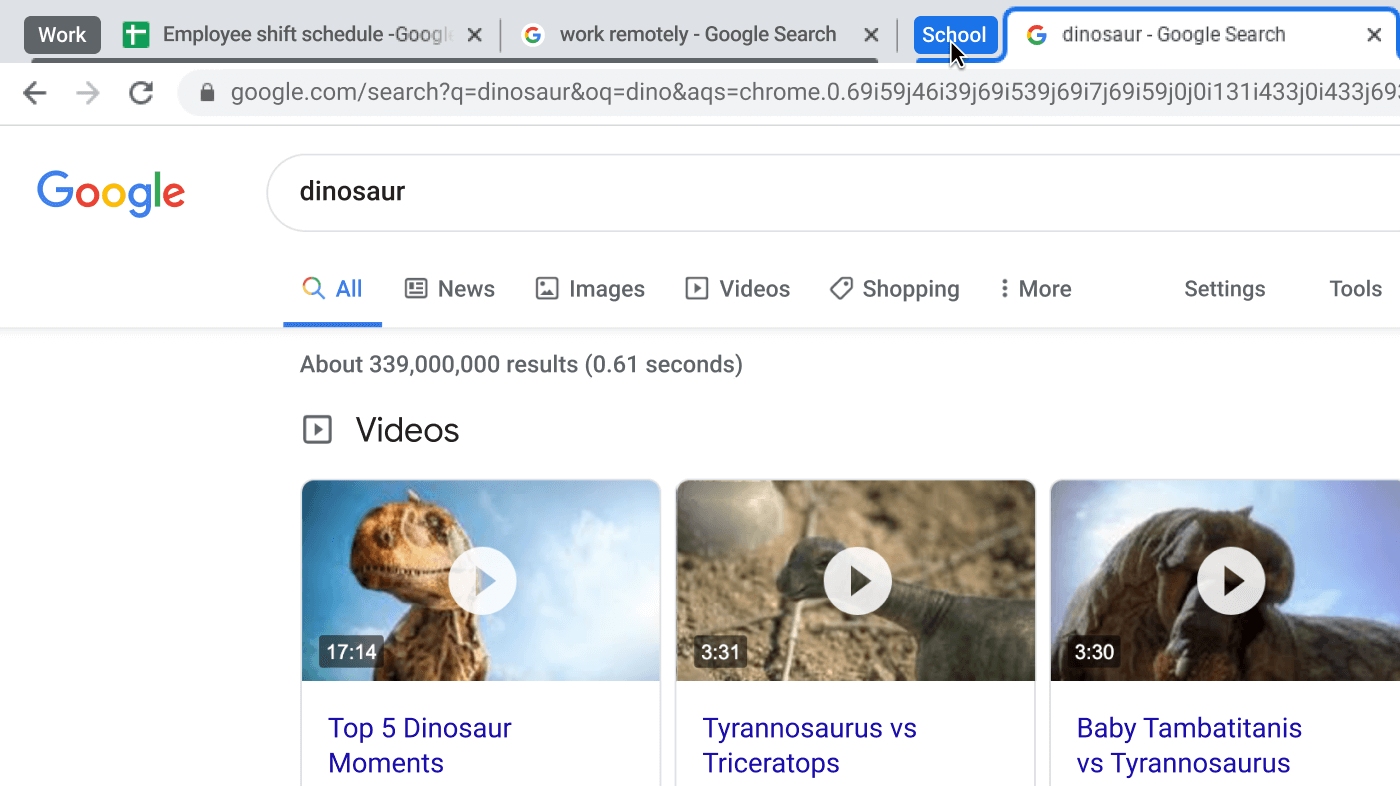
- #CHROMEBOOK HOW TO TAB ONE LINE SOFTWARE#
- #CHROMEBOOK HOW TO TAB ONE LINE CODE#
- #CHROMEBOOK HOW TO TAB ONE LINE MAC#
#CHROMEBOOK HOW TO TAB ONE LINE MAC#
If you love keyboard shortcuts then press âControl + Shift + Tâ on Windows and âCommand + Shift + Tâ keys on Mac to reopen the previously closed tab.

After when you will see its icon, you can start suing it. Open up a few tabs in Chrome, preferably a few different tabs that are somewhat related to at least one another.
#CHROMEBOOK HOW TO TAB ONE LINE SOFTWARE#
How to Merge All Active Tabs of Chrome in a Single Tab to Save Memory, Email Marketing Tool That Sends Emails to Multiple Email Addresses in Bulk, 5 Features To Look For In A Best Plagiarism Checker App, Why WooCommerce Is The Best Platform For Your eCommerce Store, Edit Videos Like a Pro: The 12 Best Free Video Editing Software Programs for 2021, Cloud Storage Services – All You Need to Know About Them. Then, do one of the following: Right-click the tab and select Add Tab to Group. The one that I highly recommended is Join Windows.
#CHROMEBOOK HOW TO TAB ONE LINE CODE#
It allows you to share the OneTab page with others through a QR code or a URL. Merge All Active Tabs of Chrome in a Single Tab to Save Memory: var cx = 'partner-pub-7255898707263880:6807880924' (Answering my own question for posterity, now that I thought about it more.) Click on the first tab (the most left). That way you don’t need to bother with Chrome History. The steps below explain how to set this up using Excel 2007 or later. To consolidate all worksheets in the workbook, we have to first create a new worksheet(lets call master sheet) and then loop through each worksheet in the workbook. You can then selectively open the tabs that you want or on which you are working.

You would see all tabs are now in one window. In the above example, I don’t need my text editor to take up half of the display, so I’ve adjusted the windows to see more of the content I’m researching on the right.How do I merge all tabs in Chrome? You can then selectively open the tabs that you want or on which you are working. At that point, you can move the cursor left or right to expand or contract the windows as you see fit. After a second, you’ll see a left & right arrow icon appear. Oh and one more tip: If you don’t need an even 50-50 split for your windows, you can hover your cursor between the two. The point is, there are unlimited use cases for this type of split-screen experience. You could be using a text editor on the left and a browser for research on the right, or maybe be watching a video on one side and working in a Google Doc on the other. The above example is just that: An example. Here’s an example of two separate browser tabs of when I was reviewing my current CS grades (3.81 GPA!) and researching requirements for future online Masters programs: You can then drag any other window or browser tab to the other side where it snaps into the remaining half of the screen. Here’s a before and after shot of my Chromebook desktop showing what I mean: Before After Snap to the left and snap to the right!Īt this point, dragging any open browser window or tab to the left or right of the display will “snap” it into place, with it taking up half of the display. To undo this, just click the middle icon of the three in the very top right of your current browser or app. If you can’t see the desktop background or wallpaper on your Chromebook, you’ve maximized your current window.

Don’t maximize your windowsįirst, you want to make sure that you’re not using your browser or apps maximized something I suspect most people asking me about split-screen mode likely do.

I find it particularly useful on devices with 3:2 aspect ratios where you get more vertical content but it works on any Chromebook, regardless of the display ratio. In Windows, this approach is typically called “Snap Assist” and it’s easy to do on a Chromebook. Not a month goes by where I don’t get an email asking about this. Given how long other operating systems have supported side-by-side app viewing, I’m surprised how many Chromebook users don’t realize that Chrome OS supports the same feature.


 0 kommentar(er)
0 kommentar(er)
